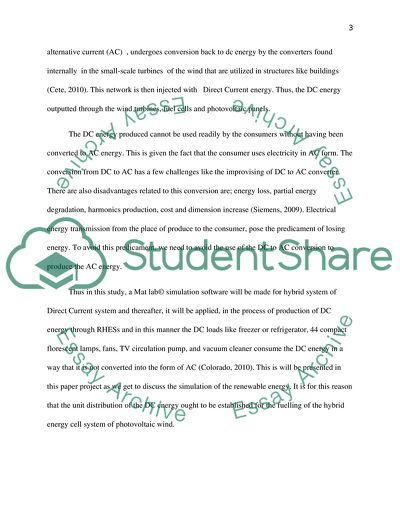Cite this document
(Distributed Power System Network with Renewable Sources Coursework Example | Topics and Well Written Essays - 2250 words - 1, n.d.)
Distributed Power System Network with Renewable Sources Coursework Example | Topics and Well Written Essays - 2250 words - 1. https://studentshare.org/engineering-and-construction/1805325-distributed-power-system-network-with-renewable-sources
Distributed Power System Network with Renewable Sources Coursework Example | Topics and Well Written Essays - 2250 words - 1. https://studentshare.org/engineering-and-construction/1805325-distributed-power-system-network-with-renewable-sources
(Distributed Power System Network With Renewable Sources Coursework Example | Topics and Well Written Essays - 2250 Words - 1)
Distributed Power System Network With Renewable Sources Coursework Example | Topics and Well Written Essays - 2250 Words - 1. https://studentshare.org/engineering-and-construction/1805325-distributed-power-system-network-with-renewable-sources.
Distributed Power System Network With Renewable Sources Coursework Example | Topics and Well Written Essays - 2250 Words - 1. https://studentshare.org/engineering-and-construction/1805325-distributed-power-system-network-with-renewable-sources.
“Distributed Power System Network With Renewable Sources Coursework Example | Topics and Well Written Essays - 2250 Words - 1”. https://studentshare.org/engineering-and-construction/1805325-distributed-power-system-network-with-renewable-sources.


